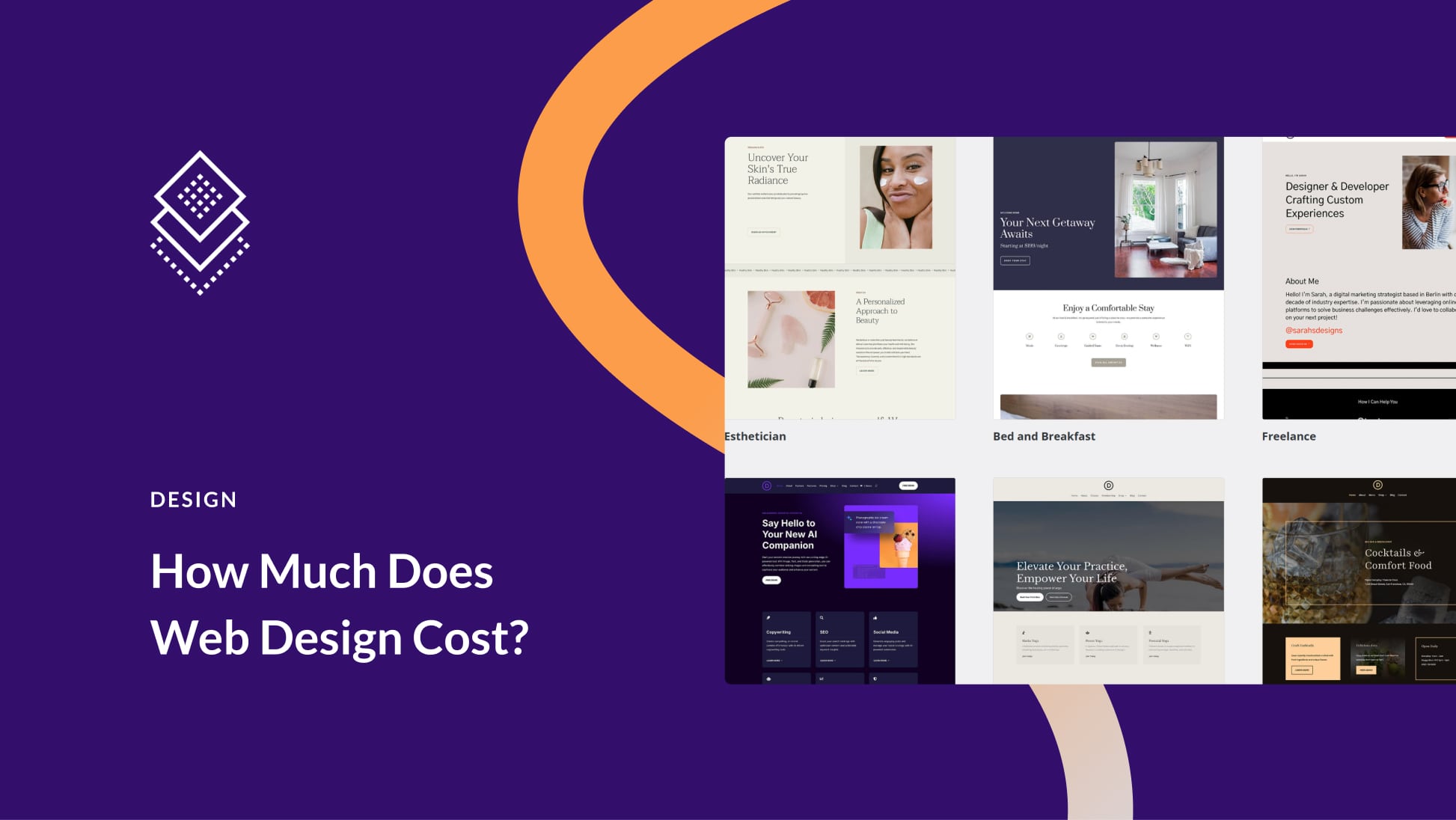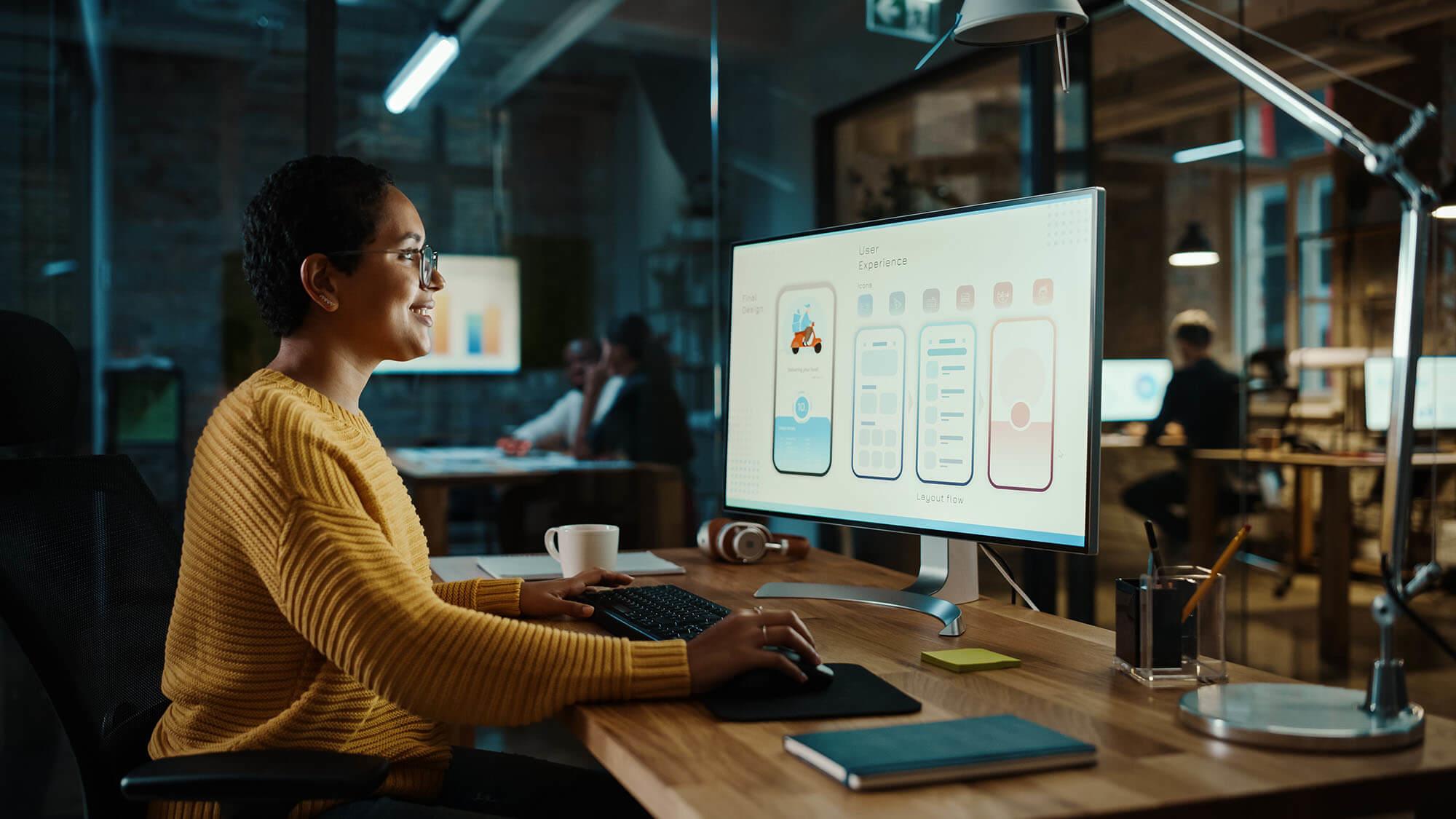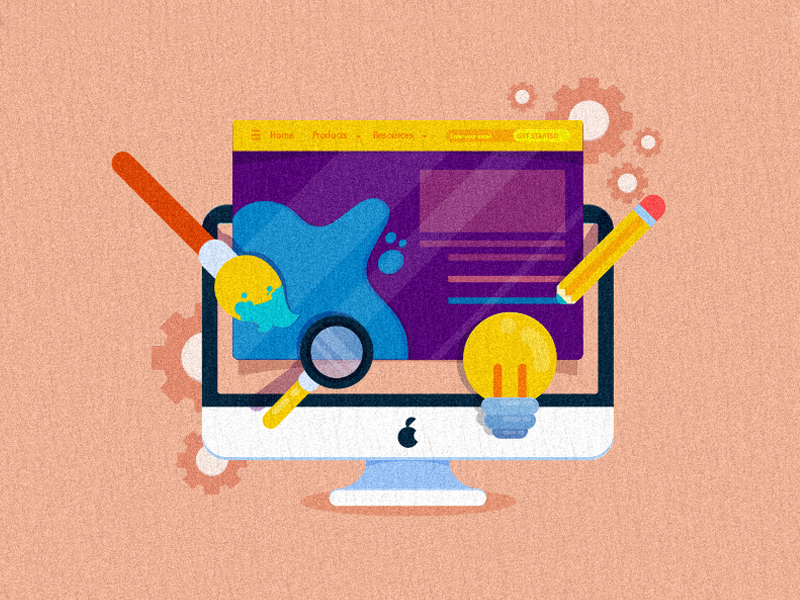Affordable Aligned Position Web Design: Top-Notch Web Design Services at Competitive Prices
Affordable Aligned Position Web Design: Top-Notch Web Design Services at Competitive Prices
Blog Article
The Finest Types of Website Design to Boost User Experience and Involvement
In the ever-evolving landscape of digital interaction, the effectiveness of Web style substantially influences customer experience and involvement. Numerous layout approaches, such as minimalist, responsive, and interactive layouts, each offer unique benefits that can cater to diverse individual requirements.
Minimalist Web Design
As digital landscapes become increasingly cluttered, minimal Web layout has actually become an effective technique to boosting individual experience. This style approach prioritizes simplicity, focusing on essential aspects while removing unneeded distractions. By using sufficient white area, straightforward navigation, and a limited color scheme, minimal style cultivates clarity and routes customer interest to essential content.
The core principle of minimalist Web layout is to develop a seamless interaction for customers. By decreasing cognitive load, customers can promptly understand information without really feeling overwhelmed. This straight technique not only boosts functionality but also encourages engagement, as visitors are more likely to explore a website that is easy and visually appealing to browse.
In addition, minimalist style typically emphasizes typography and imagery, using these components strategically to communicate messages successfully. In essence, minimal Web layout is not just a trend; it is a thoughtful method that recognizes the value of user-centered layout.
Receptive Website Design
In today's diverse digital setting, receptive Web design has ended up being vital for creating a seamless individual experience throughout a plethora of tools. As users gain access to web sites on smart devices, laptop computers, tablets, and desktops, the ability of a site to adapt its layout and content to different display sizes and resolutions is important.
Responsive website design employs versatile grids, pictures, and CSS media inquiries to guarantee that Web content is offered efficiently, no matter the gadget utilized. This method not only boosts the visual appeal of a site but additionally dramatically enhances functionality. Customers are most likely to involve with a site that provides a consistent experience, as it removes the frustration of needing to focus or scroll excessively.
In addition, online search engine, including Google, focus on mobile-friendly web sites in search rankings. By taking on responsive style, companies can boost their presence and reach a more comprehensive audience. This strategy also streamlines site upkeep, as a single variation of the site can accommodate all tools, decreasing the need for several versions. In summary, receptive website design is a basic practice that improves user experience, interaction, and total satisfaction.
Interactive Web Layout
Responsive website design prepares for boosting user experience, however interactive Web layout takes this a step further by involving customers in a more dynamic method - Aligned Position Web Design. By including components such as animations, clickable models, and real-time comments, interactive website design mesmerizes users, attracting them right into a richer surfing experience
This method not only promotes involvement however likewise urges customers to discover material actively rather than passively consuming it. Methods such as gamification, where customers gain rewards for finishing tasks, can substantially boost the moment invested on a website and boost overall fulfillment. In addition, interactive features can streamline intricate details, making it much more digestible and satisfying.

Integrating interactive layout components can also bring about greater conversion prices, as customers are a lot more most likely to engage with a website that actively includes them. Aligned Position Web Design. Eventually, interactive Web design changes customer experiences into unforgettable trips, ensuring that site visitors return time after time
Apartment Layout
Characterized by its minimalistic technique, level design emphasizes simplicity and performance, removing unnecessary aspects and concentrating on important functions. This style approach focuses on functionality, making sure that customers can browse user interfaces with convenience and efficiency. By employing a tidy visual, flat style gets rid of the clutter commonly located in extra luxuriant designs, therefore boosting customer emphasis on material and performance.
The trademark of flat style depends on its use of vibrant shades, basic typography, and geometric shapes. These elements contribute to a visually appealing user interface that is both approachable and modern. In addition, level style fosters a sense of quality, enabling users to discern essential actions and information without distraction.
Additionally, level style is especially effective in receptive Web design, as its simpleness converts well across various tools and screen dimensions. The lack of elaborate textures and slopes reduces loading times, which is critical for preserving user involvement. As electronic landscapes remain to advance, flat design stays a pertinent choice for developing easy to use web sites that boost general experience. By concentrating on crucial features, level layout not just satisfies individual needs but also urges smooth communication, making it an important component of effective website design approaches.
Adaptive Website Design
Flexible website design personalizes the customer experience by producing multiple dealt with formats tailored to various display dimensions and devices. Unlike responsive design, which fluidly changes a single format, flexible style uses distinctive layouts for details breakpoints, ensuring optimum presentation on various platforms. This strategy enables developers to concentrate on the unique features of you can check here each gadget, boosting use by supplying specifically what customers require based upon their context.
One of the article source primary benefits of adaptive website design is its ability to optimize load times and efficiency. By serving customized web content and photos that fit the individual's gadget, web sites can decrease information use and enhance loading speeds. This is especially helpful for individuals with slower connections or limited data strategies.

In addition, adaptive layout facilitates a much more regulated and consistent branding experience. Because developers create several formats, they can guarantee that the visual aspects straighten with the brand's identity across various systems - Aligned Position Web Design. This leads to a natural customer experience, enhancing interaction and advertising individual retention
Verdict
In conclusion, the combination of minimal, receptive, and interactive website design principles dramatically enhances user experience and interaction. Minimal layout fosters clearness and focus, while responsive style makes certain adaptability across various devices, promoting access. Interactive design captivates individuals with dynamic aspects, motivating expedition and customization. Jointly, these layout comes close to add to the creation of user-friendly environments that not only enhance satisfaction however additionally drive higher conversion rates, highlighting their crucial significance in contemporary website design approaches.

Minimalist style promotes clearness and emphasis, while receptive style makes certain adaptability across various devices, promoting availability. Jointly, these layout comes close to add to the production of straightforward environments that not only boost complete satisfaction however find this likewise drive higher conversion rates, highlighting their vital value in modern Web design techniques.
Report this page